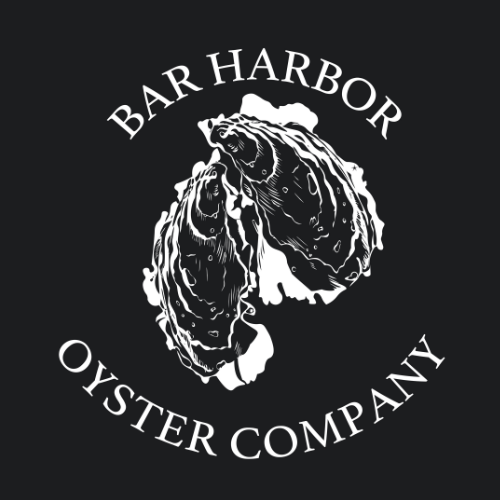Photo Source: Chesapeake Quarterly
Oyster larvae floats in the water column until it settles to the ocean floor as spat where it will grow into a tasty adult oyster.
Life-Cycle
Oysters usually begin reproducing in the spring as waters are beginning to warm and phytoplankton becomes more prominent in the water. Sperm and eggs get ejected into the water column in large numbers where fertilization occurs. The fertilized egg quickly develops into a swimming oyster larvae. Within just 24-48 hours the larvae develops a thin shell and starts eating algae, though it is far from looking like a mature oyster.
Roughly two weeks later the larvae have developed enough to settle to the ocean floor and find a comfortable spot on hard substrate (usually other oyster shells, creating reefs). This is when the oyster takes on a more recognizable form. During this stage oysters are referred to as “spat.” Most oyster farmers order spat or “seed” from hatcheries to grow into adult oysters.
Oysters' Diet
Oysters are filter feeders, which means that they eat by filtering seawater with their gills, separating out the nutritious phytoplankton and expelling the rest of the waste as pseudo-feces. Maine is an excellent place to grow oysters because the Gulf of Maine is famous for its clean and nutrient-rich waters. An adult oyster can filter roughly 50 gallons of seawater a day!
Why do oysters from different locations have distinct taste?
Because oysters are filter-feeders, they acquire the flavors of the sea in which they grow. To connoisseurs this is described as the oysters' merroir. The merroir is determined by any number of environmental characteristics such as the water's salinity, minerals in the sediment, the amount of seaweed in close proximity, or what type of phytoplankton they have been filtering. The same species of oyster can vary greatly depending on where it is grown and how it is raised.

